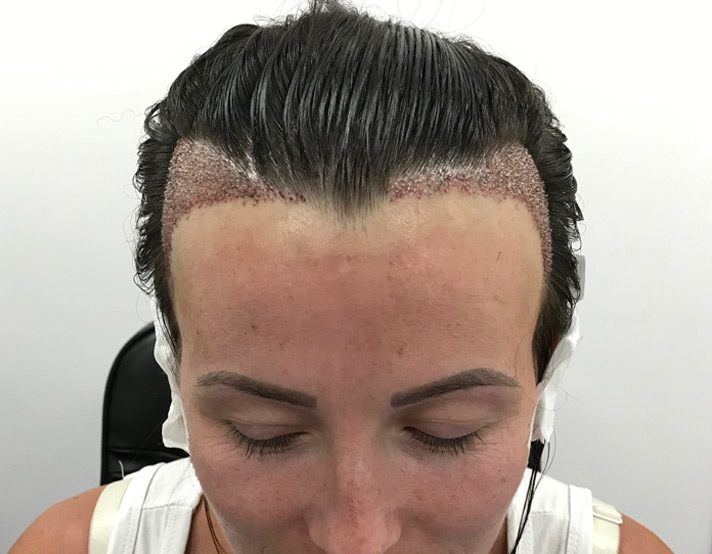

A hair transplant for women is a surgical procedure designed to restore hair in areas of thinning or hair loss, often caused by hormonal changes, genetics, aging, or certain medical conditions. While often associated with men, many women also benefit from hair transplants to improve hair density, enhance the hairline, or correct bald spots.
♀️ Why Women Get Hair Transplants
Women may consider hair transplant surgery for reasons such as:
Female Pattern Hair Loss (androgenetic alopecia)
Hair thinning around the part or crown
Traction alopecia (from tight hairstyles like braids or ponytails)
Hair loss after pregnancy or menopause
Scarring alopecia or hair loss from injuries or surgery
How It Works
Hair transplant surgery involves moving healthy hair follicles from a donor area (usually the back or sides of the scalp, where hair is more resistant to shedding) to the areas with thinning or no hair.
There are two main techniques:
1. FUE (Follicular Unit Extraction)
Individual hair follicles are harvested using a tiny punch tool.
Leaves tiny, dot-like scars that are barely noticeable.
Ideal for women who want to keep longer hair with minimal scarring.
2. FUT (Follicular Unit Transplantation or “Strip Method”)
A thin strip of scalp is removed from the donor area.
Hair follicles are separated and implanted in thinning areas.
May leave a linear scar but can yield more grafts in one session.
Procedure Overview
Consultation: The surgeon evaluates your hair loss pattern, donor area, and overall health.
Designing the Hairline: For women, preserving the natural look and density is key.
Harvesting: Using FUE or FUT, the surgeon collects healthy follicles.
Graft Preparation: Hair grafts are sorted and prepped under a microscope.
Implantation: Tiny incisions are made, and grafts are placed in a way that mimics natural hair growth.
Benefits
Natural-looking results
Permanent solution for many types of hair loss
Boosts confidence and restores femininity
Minimal downtime, especially with FUE
Can be used to lower a high hairline, fill out temples, or add density to thinning areas
Recovery & Results
Recovery time: 1–2 weeks for healing; mild swelling, redness, and scabbing are common.
New growth: Begins around 3–4 months post-surgery.
Full results: Seen in 9–12 months, with hair growing naturally and permanently.
Scarring: Minimal with FUE; a linear scar is possible with FUT (usually hidden under hair).
Good Candidates for Hair Transplant
Women with localized thinning or patchy hair loss
Women with a stable donor area (dense hair at the back or sides of the scalp)
Non-responders to medications like minoxidil
Women with hair loss due to trauma or cosmetic procedures
❗ Not Ideal For:
Women with diffuse thinning all over the scalp (including the donor area)
Those with certain autoimmune diseases or scarring alopecia that may affect graft survival
Unrealistic expectations or insufficient donor hair
Post-Care
Avoid washing hair for 48–72 hours
Sleep with head elevated to reduce swelling
Avoid strenuous activity for a few days
Follow-up treatments like PRP (Platelet-Rich Plasma) may enhance results

